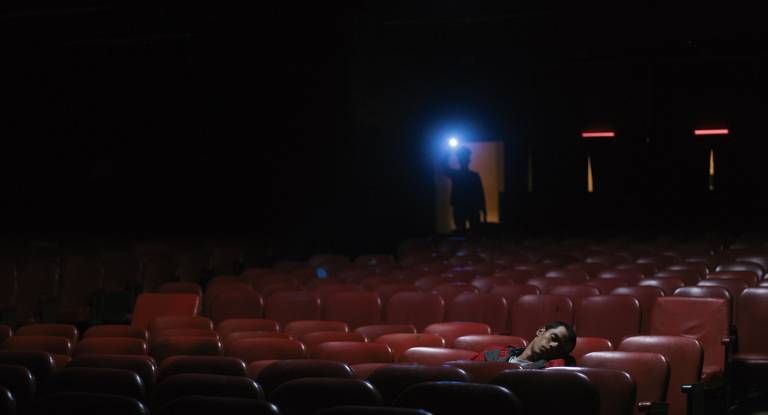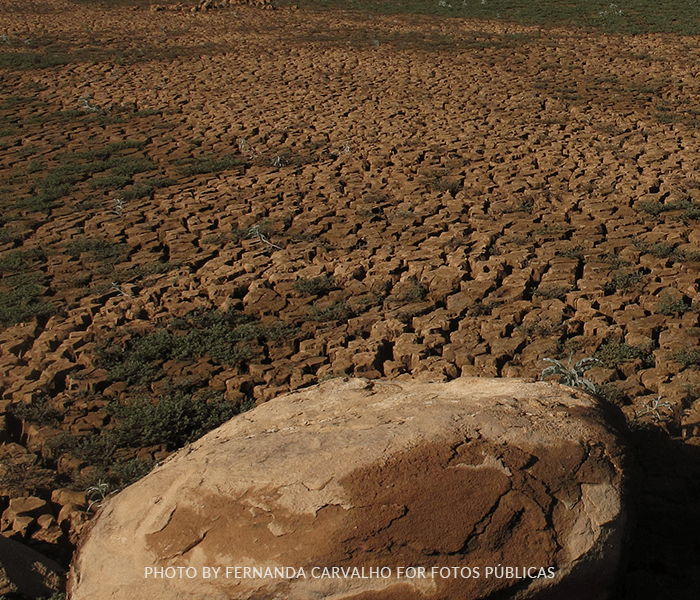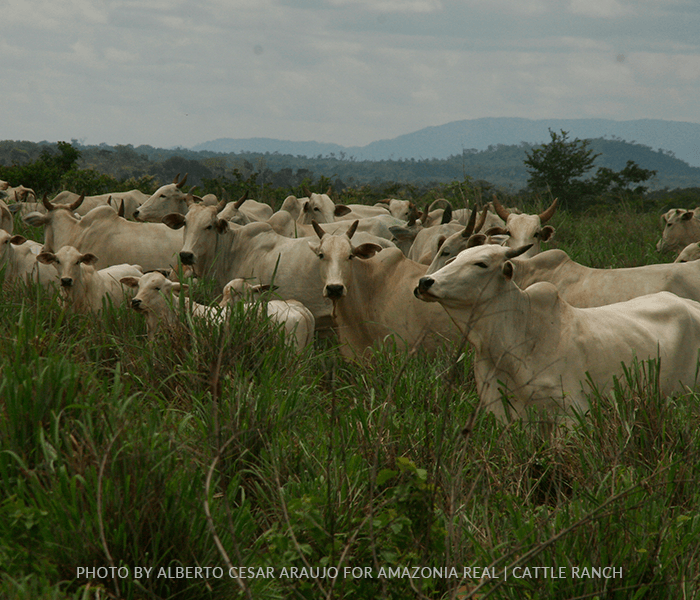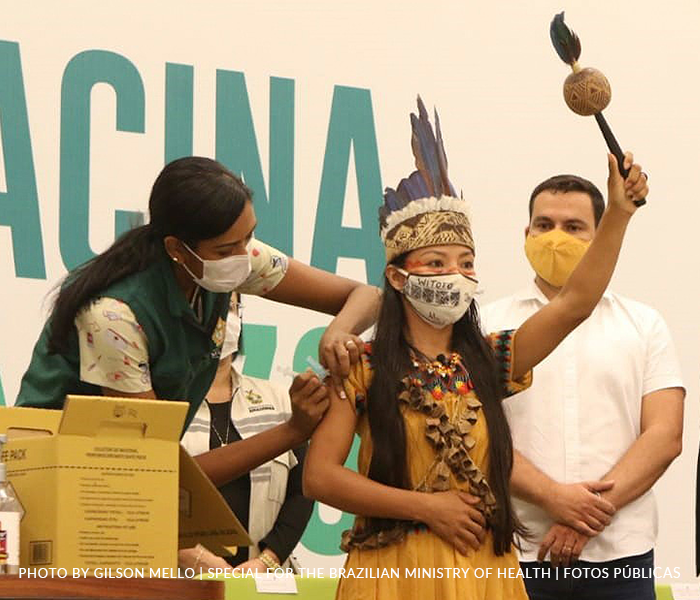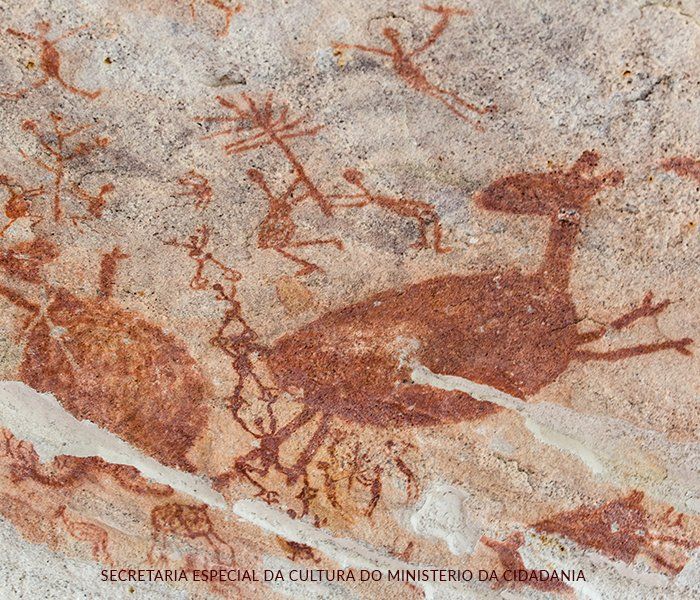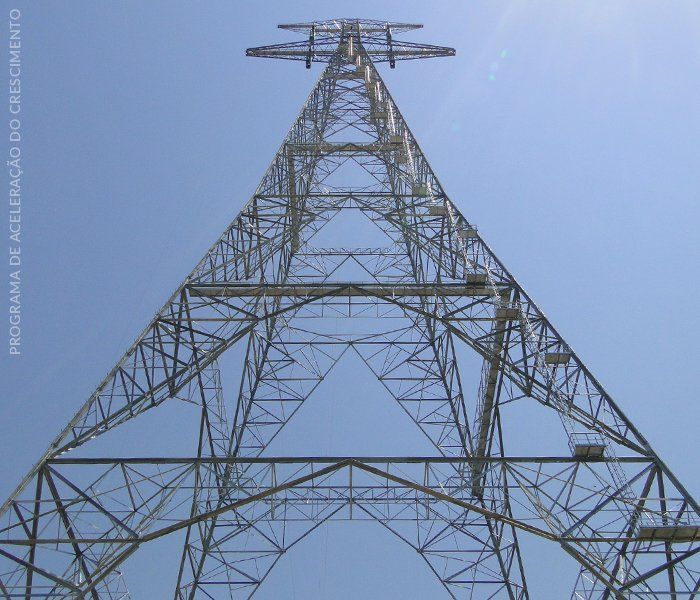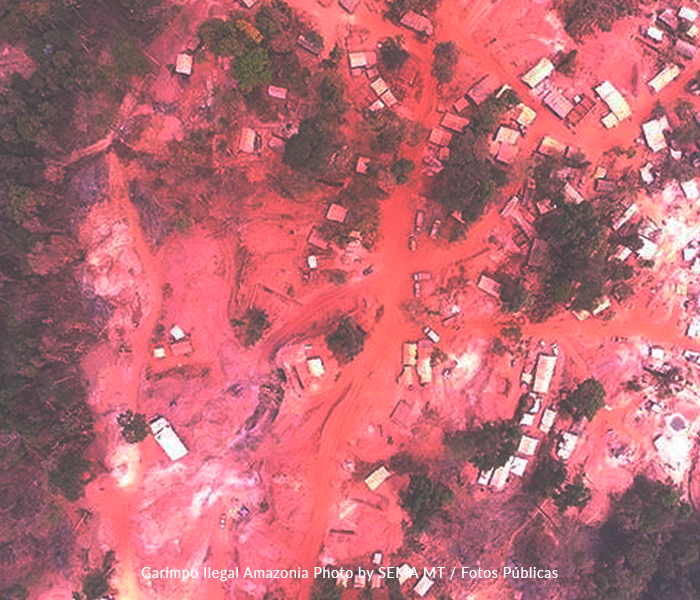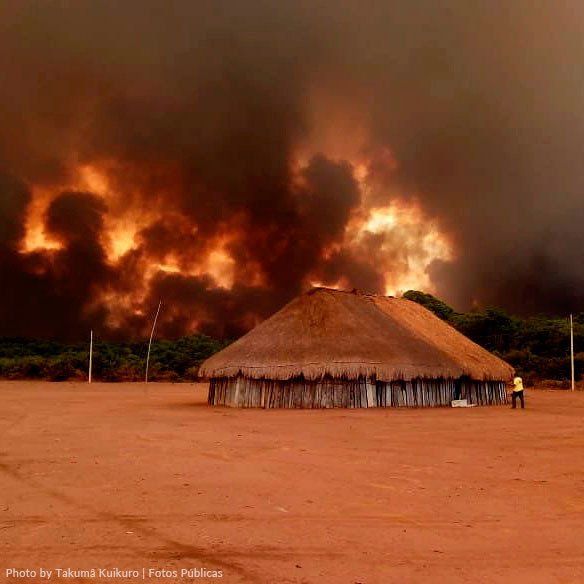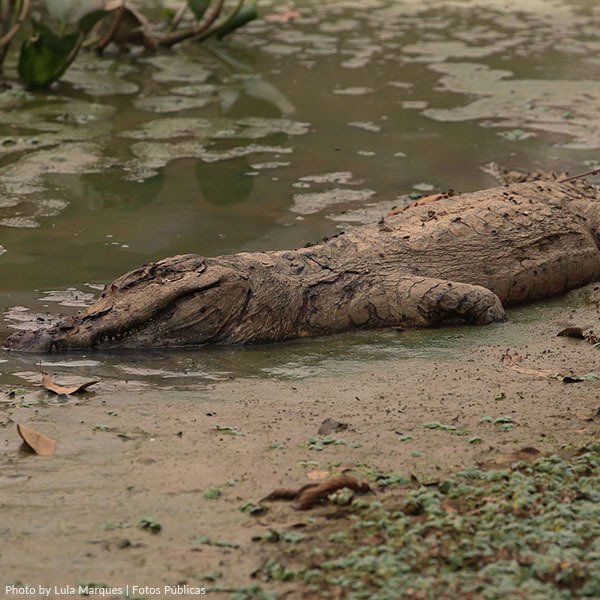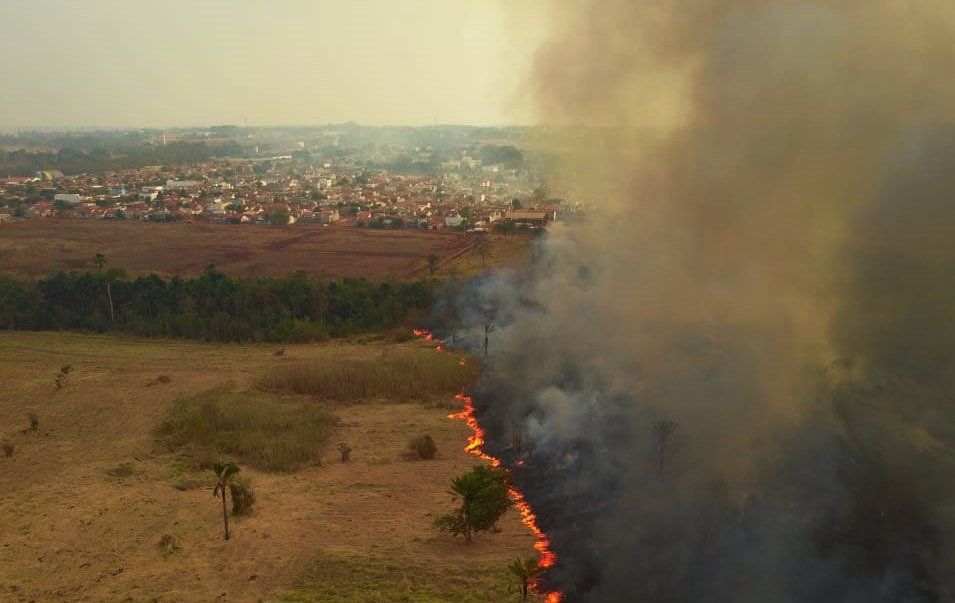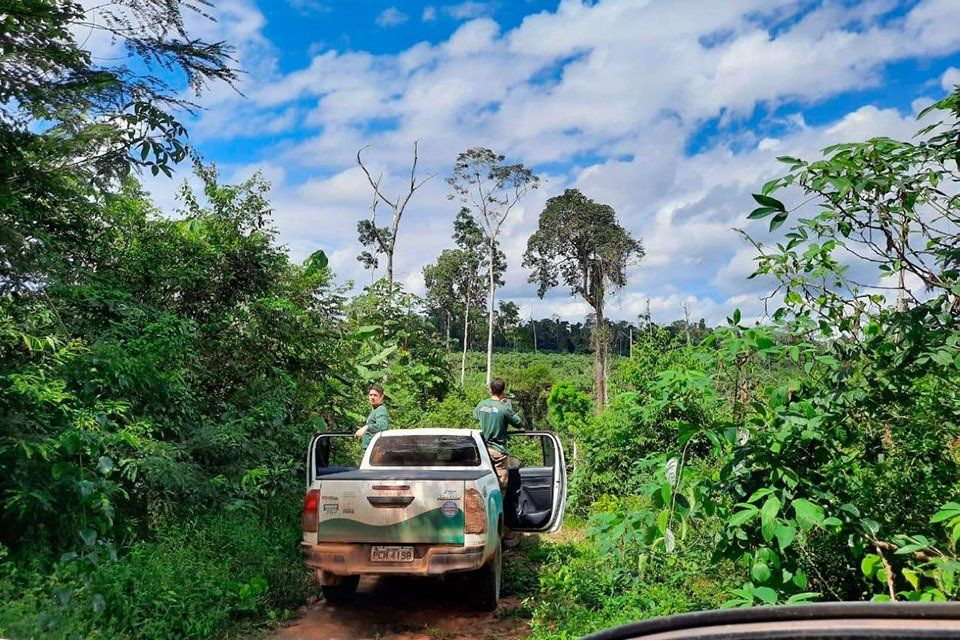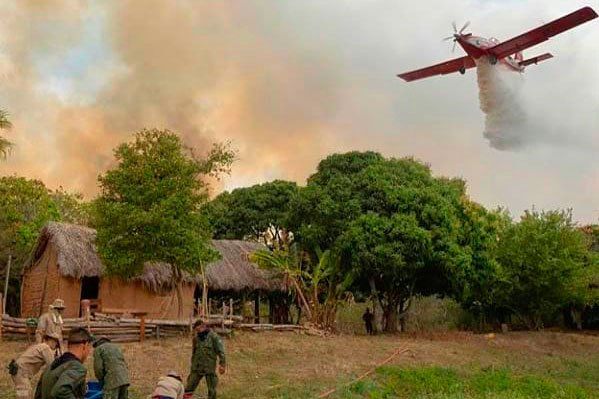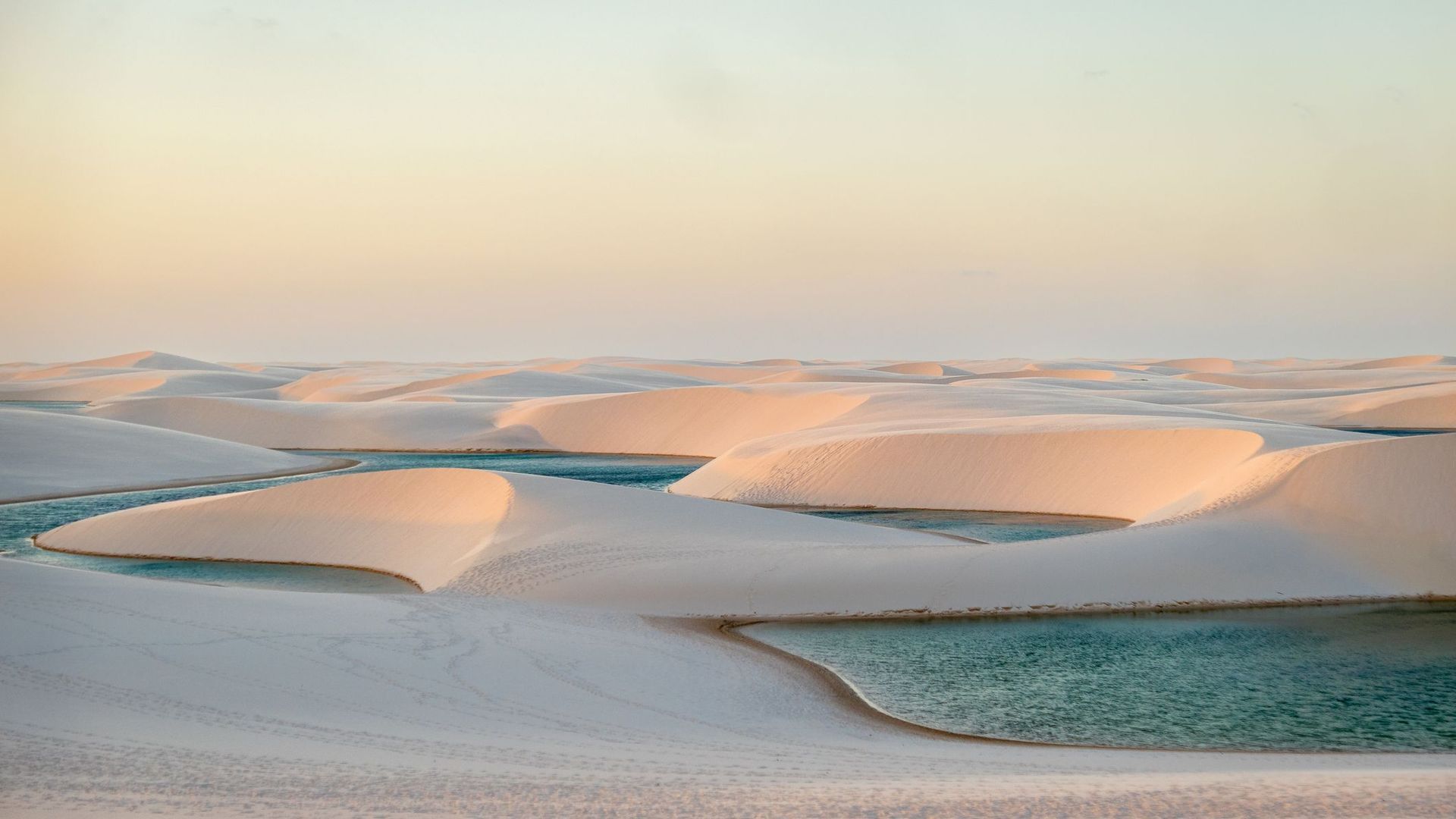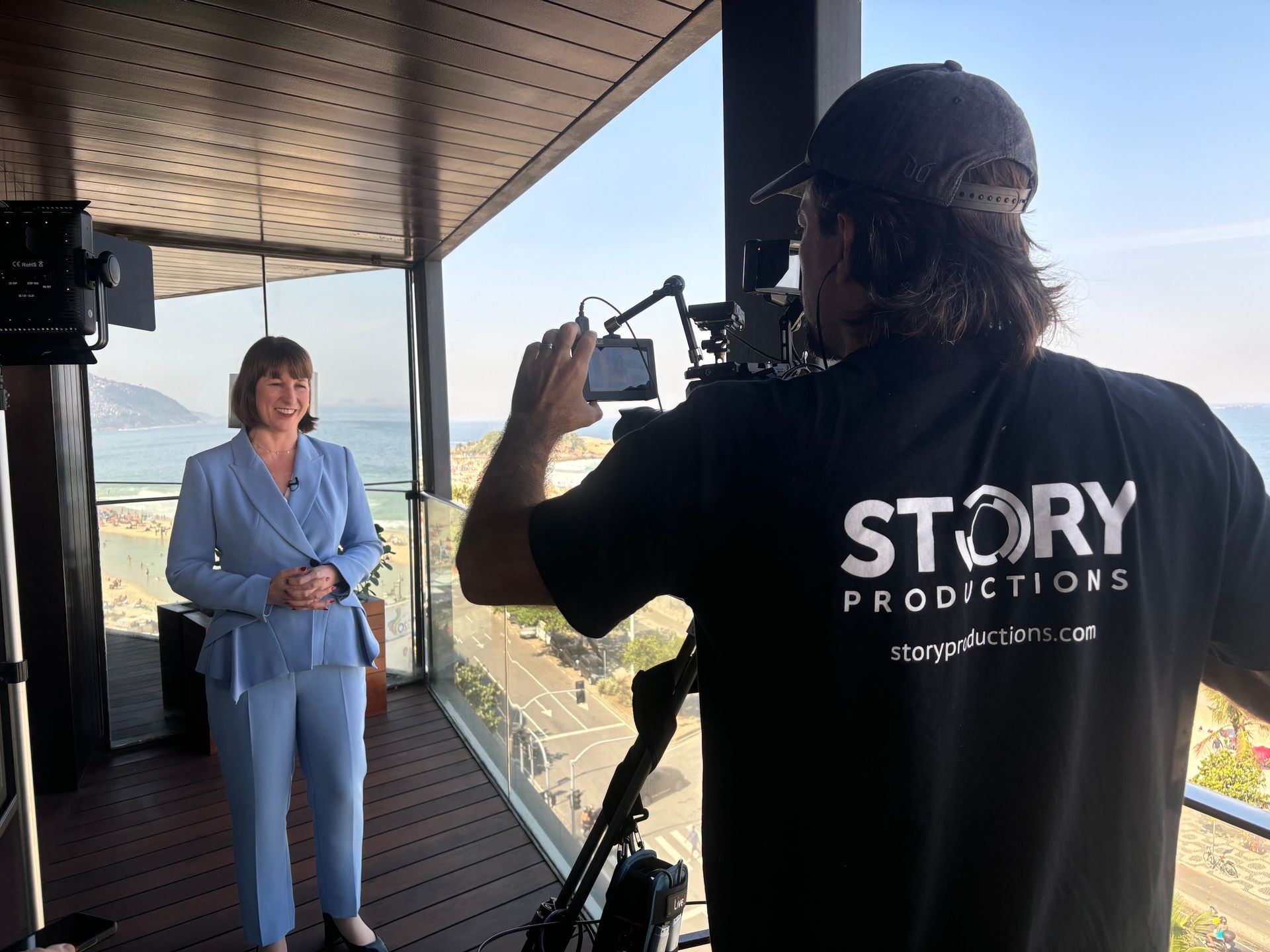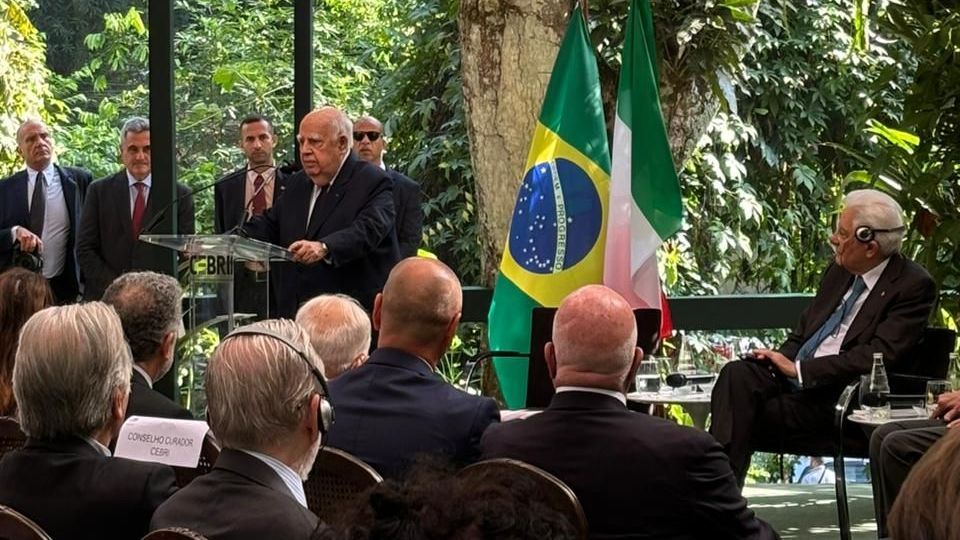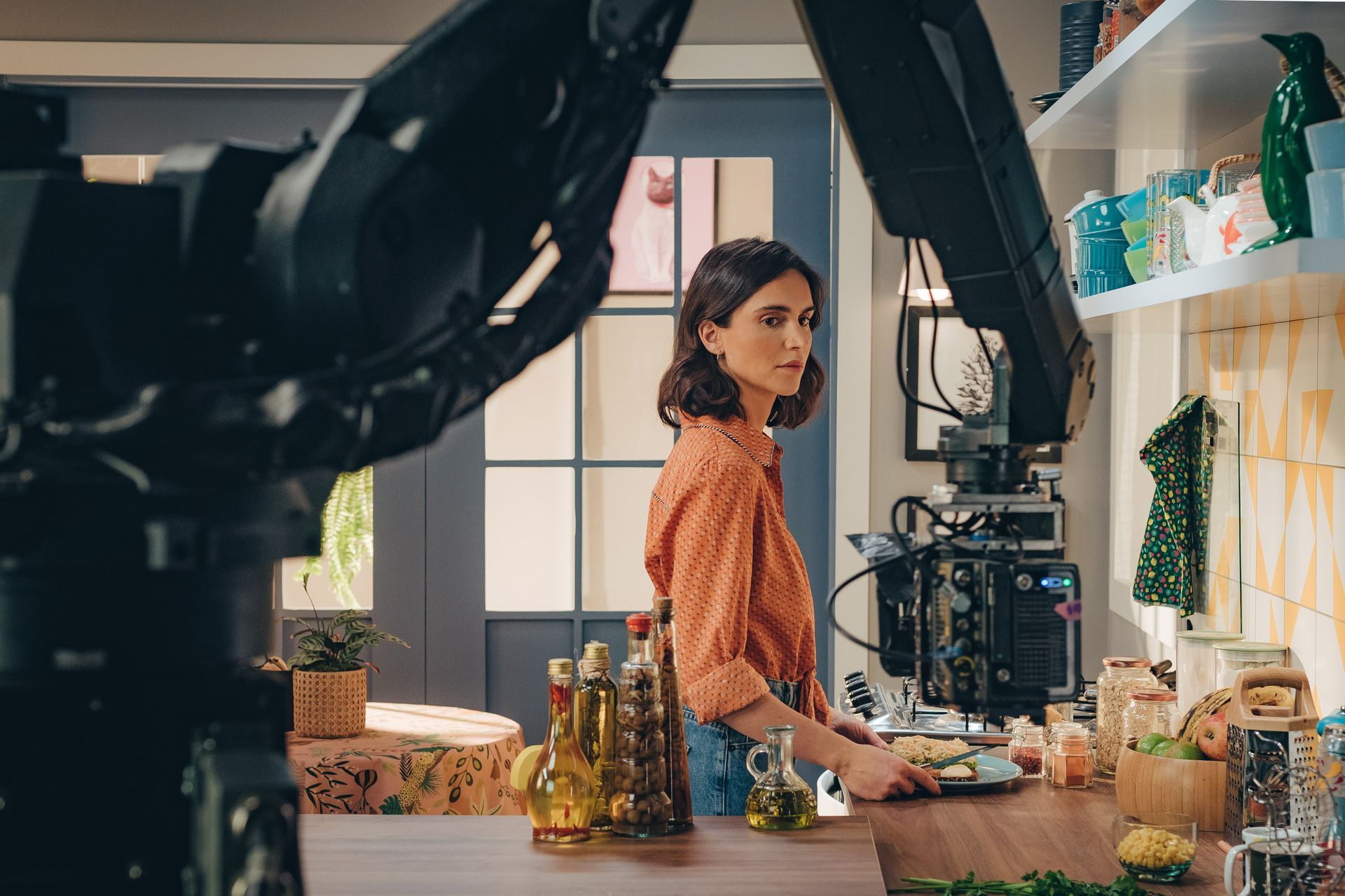Brazil Spotlight: "Illegal slash-burning in the Amazon escalates"
Brazilian environmental legislation protects 40 per cent of the Amazon, but conservation areas and protected indigenous lands continue to be invaded by illegal miners, loggers and land grabbers.
The season of drought and slash-burning in the Amazon, which starts in May/June and continues through September/October, promises bad news for 2021. Satellites from Brazil’s space agency (INPE) photographed 49 per cent more fires this May than in the same month the previous year.
The Amazon, the Pantanal (the world’s largest tropical wetland) and the Cerrado (a tropical savannah) have all suffered an increase in fires as environmental inspection bodies continue to be dismantled by Jair Bolsonaro’s government. With the dry season getting underway across these vast regions, deforestation will accelerate.
"The rise in deforestation makes the goal of restoring 120,000 km² of forest by 2030 – Brazil’s commitment under the 2015 Paris Agreement on climate change – increasingly difficult."
In 2020, 11,000 km² of rainforest across the Amazon region in Brazil were razed, a 9.5 per cent increase compared to 2019. Deforestation rates in the Amazon’s conservation areas are also on the rise; data will be revealed by INPE in November, but there are worrying indicators suggesting that 112km² of protected forest in the Amazon were razed by slash-burning in May, up 312 per cent from the 27 km² recorded in May 2020.
Brazil’s protected conservation areas account for 18 per cent of the country’s total land area. They are monitored by the Chico Mendes Institute of Biodiversity (ICMBio) and yet still suffer frequent invasions by miners, loggers and land grabbers. In the Amazon, the percentage of land that is theoretically protected (whether through state and federal conservation or indigenous demarcation) is more than twice the national figure, accounting for 40 per cent of the Amazon region in Brazil.
"...there are worrying indicators suggesting that 112km² of protected forest in the Amazon were razed by slash-burning in May, up 312 per cent from the 27 km² recorded in May 2020."
These protected lands play a vital role in preserving the Amazon rainforest and its rich biodiversity, thereby guaranteeing the forest's ability to absorb large volumes of greenhouse gases. Despite this, the data shows a worrying escalation in environmental crimes and the vulnerability of the protected status.
In June, the government authorized a regional emergency military operation—led by Vice President General Hamilton Mourão—to crack down on illegal mining and deforestation in the Amazon. The inspection will focus on 11 municipalities with high deforestation rates: São Félix do Xingu, Altamira, Novo Progresso, Pacajá, Portel, Itaituba and Rurópolis, in the state of Pará; Apuí and Lábrea, in Amazonas; Colniza, in Mato Grosso; and Porto Velho, in Rondônia.
In general, federal conservation areas have more resources for environmental protection than at the state level. However, ICMBio and INPE have both had their budgets and personnel cut during the Bolsonaro administration. In 2014, ICMBio employed 1,851 permanent staff and 2,332 outsourced environmental inspectors.
Today, those numbers are down to 1,589 and 1,659 respectively, with 1,300 federal positions removed. This public service gets ever weaker as civil servants retire and recruitment remains frozen.
The rise in deforestation makes the goal of restoring 120,000 km² of forest by 2030 – Brazil’s commitment under the 2015 Paris Agreement on climate change – increasingly difficult.
According to the Reforestation Observatory of the Brazil
Coalition, Climate, Forests and Agriculture—a network of companies, universities and NGOs that defend sustainability—the country has reforested only 660 km² to date; that is, 0.5 per cent of the agreed restoration. In the nine years that remain before 2030, the goal will be hard to achieve.
The World Resources Institute-Brazil conducted a survey in 2020 showing that forest restoration can foster an economy that generates employment, income and environmental benefits. According to the study, every dollar invested in native tree restoration yields a return of $2.39 over 20 years.
Most of the 660 km² of restored forest mapped by the Reforestation Observatory is concentrated in Brazil’s Atlantic Forest, not in the Amazon, with nearly 40 per cent of that restoration in the state of São Paulo. Of all Brazil’s cities, Rio de Janeiro is the one with the most forest recovery.
"... protected lands play a vital role in preserving the Amazon rainforest and its rich biodiversity, thereby guaranteeing the forest's ability to absorb large volumes of greenhouse gases."
The Atlantic Forest is one of Brazil’s six biomes and has suffered the most devastation over the years, with only 12 per cent now remaining, mainly on the coast and in the southeast. Its location within the country’s most developed regions, however, has resulted in many forest restoration agreements and protective controls imposed by public prosecutors.
In the Amazon, on the other hand, there is much crime and little law enforcement.
About Brazil Spotlight
Every month, Story Productions publishes a new Brazil Spotlight column by Ricardo Arnt, a Brazilian journalist and author with more than forty years experience. His works include director of Planeta magazine and TV Bandeirantes, editor of Exame magazine, Folha de São Paulo and Superinteressante (published by Editora Abril), and international editor of Jornal Nacional on TV Globo.
Subscribe to our newsletter and be one of the first to read the latest Brazil Spotlight column. From the economics of sustainability to deforestation in the Amazon, Ricardo will be tracking down the most interesting, topical stories one step ahead of the news cycle. We want to inspire TV producers and researchers around the world with inspirational ideas for their next production.
Learn more about the author behind our serial column. Send topic suggestions to press@storyproductions.com. Interested in covering something you've read here? Get a quote for your next production in Brazil.
Related stories
- Filming in the Amazon
- São Felix do Xingu: the leader of greenhouse emissions in the Amazon
- I hate the Amazon. And you?
- Malaria film shot in the Amazon
- Top tips on filming the Amazon fires
Brazil Spotlight archive
Share this story:
Get the latest news straight into your inbox!
Contact Us
Read another story
